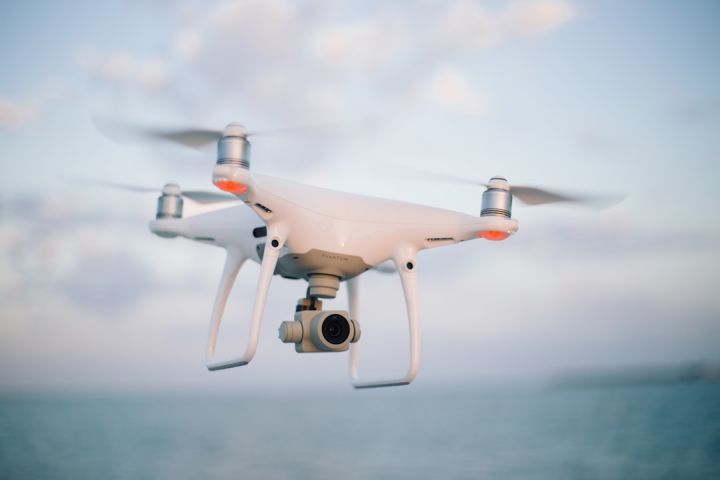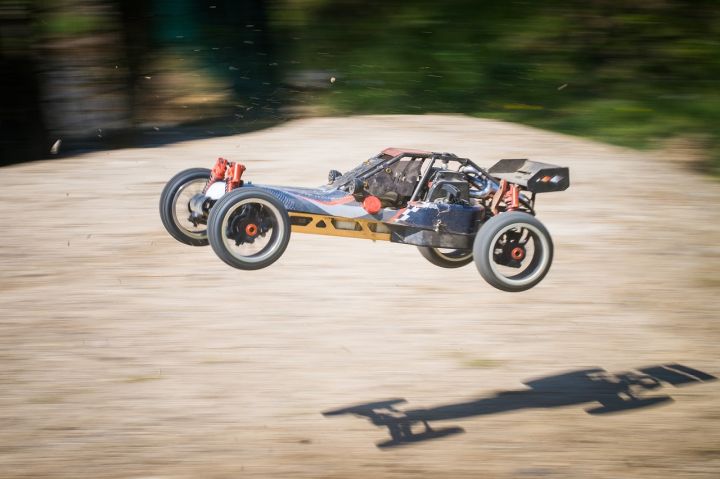What Impact Has 3d Printing on Rc Model Manufacturing?
RC (remote control) models have long been a popular hobby for enthusiasts of all ages. From cars and boats to planes and drones, these miniature replicas provide endless hours of entertainment. In recent years, the advent of 3D printing technology has revolutionized the way these models are manufactured, with significant implications for both hobbyists and the industry as a whole. In this article, we will explore the impact that 3D printing has had on RC model manufacturing.
Greater Customization and Design Flexibility
One of the most significant advantages of 3D printing in RC model manufacturing is the ability to create highly customized and intricate designs. Traditional manufacturing methods often have limitations in terms of complexity and customization, but with 3D printing, these barriers are removed. Hobbyists now have the freedom to design and print their own models with unprecedented levels of detail and complexity. This has opened up a whole new world of possibilities for RC model enthusiasts, allowing them to bring their unique visions to life.
Faster Prototyping and Iteration
Another key advantage of 3D printing in RC model manufacturing is the speed at which prototypes can be created and iterated upon. In the past, producing a prototype could be a time-consuming and costly process, involving the creation of molds and other tools. With 3D printing, however, prototypes can be designed and printed within a matter of hours, allowing for rapid iteration and refinement. This not only speeds up the development process but can also lead to better end products, as designers have more opportunities to test and improve their designs.
Reduced Costs and Waste
3D printing has also had a significant impact on the cost and waste associated with RC model manufacturing. Traditional manufacturing methods often require the production of large quantities of parts in order to make the process economical. This can result in excess inventory and waste, particularly if designs change or models are not as popular as anticipated. With 3D printing, parts can be produced on-demand, eliminating the need for large upfront investments in inventory. This not only reduces costs but also minimizes waste, as only the necessary parts are produced.
Access to New Materials and Techniques
The advent of 3D printing has also opened up new possibilities in terms of materials and manufacturing techniques for RC model manufacturing. Traditional manufacturing methods often have limitations in terms of the types of materials that can be used, particularly for complex or specialized designs. With 3D printing, however, a wide range of materials can be used, including plastics, metals, and even flexible materials. This allows for greater design flexibility and opens up new avenues for experimentation and innovation in RC model manufacturing.
Conclusion: Embracing the Future of RC Model Manufacturing
In conclusion, 3D printing has had a profound impact on RC model manufacturing, offering greater customization, faster prototyping, reduced costs, and access to new materials and techniques. As this technology continues to advance, we can expect to see even more exciting developments in the world of RC models. Whether you’re a seasoned hobbyist or just starting out, embracing 3D printing in RC model manufacturing is sure to open up a world of possibilities and take your models to new heights. So, what are you waiting for? Start exploring the endless possibilities of 3D printing in RC model manufacturing today!







